LATVIJA.FM
Dikļi Manor: A Noble Legacy of Theatre, Architecture, and Quiet Revival in Vidzeme
Tucked away in the rolling countryside of Latvia’s Vidzeme region, Dikļi Manor stands as a rare fusion of aristocratic grace, cultural birthright, and modern-day renewal. Originally the seat of Baltic German nobility, it later gained prominence as the birthplace of Latvian theatre in 1818. Surrounded by ancient oaks and reflective ponds, Dikļi Manor is not only an architectural treasure but also a symbol of Latvia’s evolving identity—where echoes of the past merge seamlessly with contemporary hospitality and historical reverence.
Aristocratic Origins in the Heart of Vidzeme
Dikļi Manor (Latvian: Dikļu muižas pils, German: Dickeln) traces its lineage to the 15th century, though the current manor house—an elegant example of neo-Baroque architecture—was built in 1896. Located in Dikļi Parish within Valmiera Municipality, the estate once belonged to the influential von der Borch family, part of the powerful Baltic German aristocracy who shaped much of Latvia’s rural economy and landholding structure. The manor’s layout was typical of noble estates: grand façades, sweeping staircases, and parklands that extended into forests and meadows. Its design emphasized harmony with nature, creating a tranquil setting for reflection and retreat. Despite political upheavals, wars, and occupation, Dikļi Manor preserved much of its architectural integrity, a testament to the durability of its craftsmanship and the care of those who tended to it over the centuries.
The Birthplace of Latvian Theatre
Dikļi Manor holds a unique place in Latvia’s cultural history: it is here, in 1818, that the first known public performance in the Latvian language took place. This staging of a German comedy, translated into Latvian and performed by local peasants under the guidance of the estate’s pastor Jēkabs Līnis, marked a pivotal moment in the emergence of Latvian national consciousness. Theatre, once the privilege of the elite, became a means of expression for the local population—blending language, identity, and artistic ambition. In this modest performance hall on a noble estate, the seeds of a national cultural awakening were sown. Today, this legacy is honored with monuments and commemorations, ensuring that Dikļi is remembered not just for its physical beauty, but as a cradle of Latvian artistic spirit.
A Resilient Journey Through Turbulent Times
Like many manors across Latvia, Dikļi was not immune to the sweeping changes of the 20th century. Following the Latvian land reforms of the 1920s, the estate was nationalized, and its role as a noble residence came to an end. During the Soviet era, the manor served a variety of institutional purposes, including use as a sanatorium. Though this period altered the internal layout and function of the building, it also ensured the structure remained inhabited and maintained. Unlike many rural estates that fell into ruin, Dikļi endured—its walls adapting to new chapters, its gardens slowly reclaiming their former charm. In this way, the manor became not a frozen relic, but a living monument to Latvia’s ability to repurpose its history with dignity.
A Renaissance of Hospitality and Heritage
In the early 2000s, Dikļi Manor entered a new chapter as it was transformed into a boutique hotel and fine-dining destination. With careful restoration that honored its historical character, the manor became one of Latvia’s finest countryside retreats. Luxurious rooms, antique furnishings, and a restaurant known for its interpretation of traditional Latvian cuisine brought new life to the estate. Yet the revival wasn’t only aesthetic—it was symbolic. By opening its doors to travelers, artists, and wedding guests, Dikļi became once again a gathering place. Its parklands, now lovingly tended, provide a serene backdrop for concerts, festivals, and cultural events. The manor’s revival stands as a model for sustainable heritage tourism in Latvia, where history is not just preserved, but actively lived.
In the Stillness, Echoes of Culture and Continuity
Visiting Dikļi Manor today offers more than a glimpse into the life of the Baltic nobility—it invites reflection on how culture endures through transformation. The surrounding Vidzeme landscape, dotted with forests and shimmering lakes, has changed little, allowing the manor to retain its air of timelessness. Yet within its halls, one feels the dynamic pulse of history: of Latvian language first echoing on stage, of aristocrats and artists, of survival through war and silence. It’s a place where every stair creaks with memory, and every curtain seems to bow to a performance long concluded yet never forgotten. Dikļi Manor is not simply a restored building—it is a soul reclaimed.
Where Latvia’s Cultural Flame Was First Lit
Dikļi Manor endures as one of Latvia’s most meaningful heritage sites—not just because of its stately appearance or noble origins, but because of the cultural spark it ignited. In its peaceful halls, Latvian theatre found its voice. On its quiet grounds, history has moved not with force but with persistence. It is this dual nature—of grandeur and grassroots spirit—that gives Dikļi its lasting relevance. As Latvia continues to define itself through both preservation and innovation, places like Dikļi Manor offer a poignant reminder: that even the smallest performances, in the most provincial corners, can set in motion a national awakening.
Cover Image: Dikļi Manor by simka, October 16, 2011. Available under: Creative Commons Attribution-Share Alike 3.0. Source: Wikimedia Commons.
